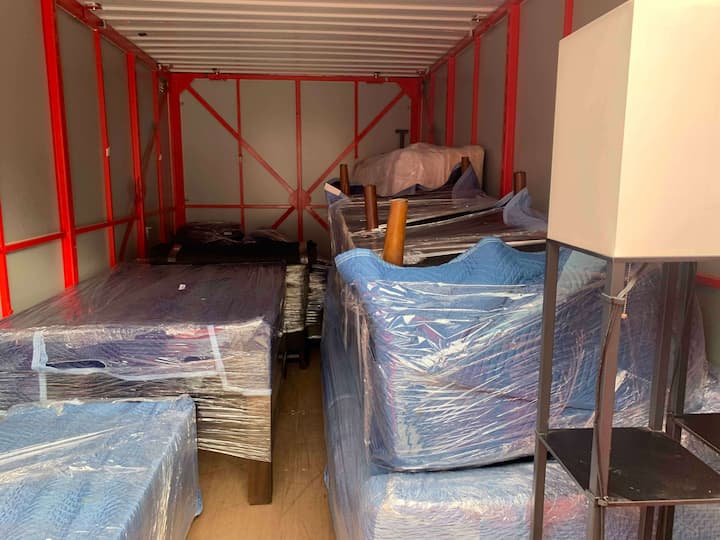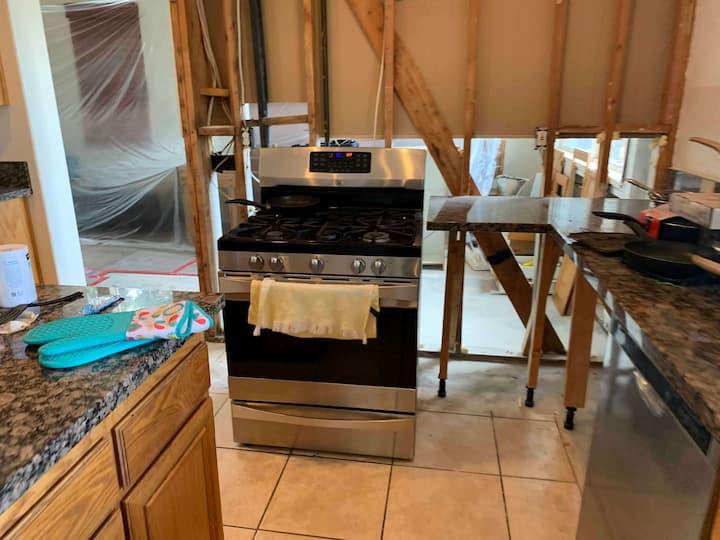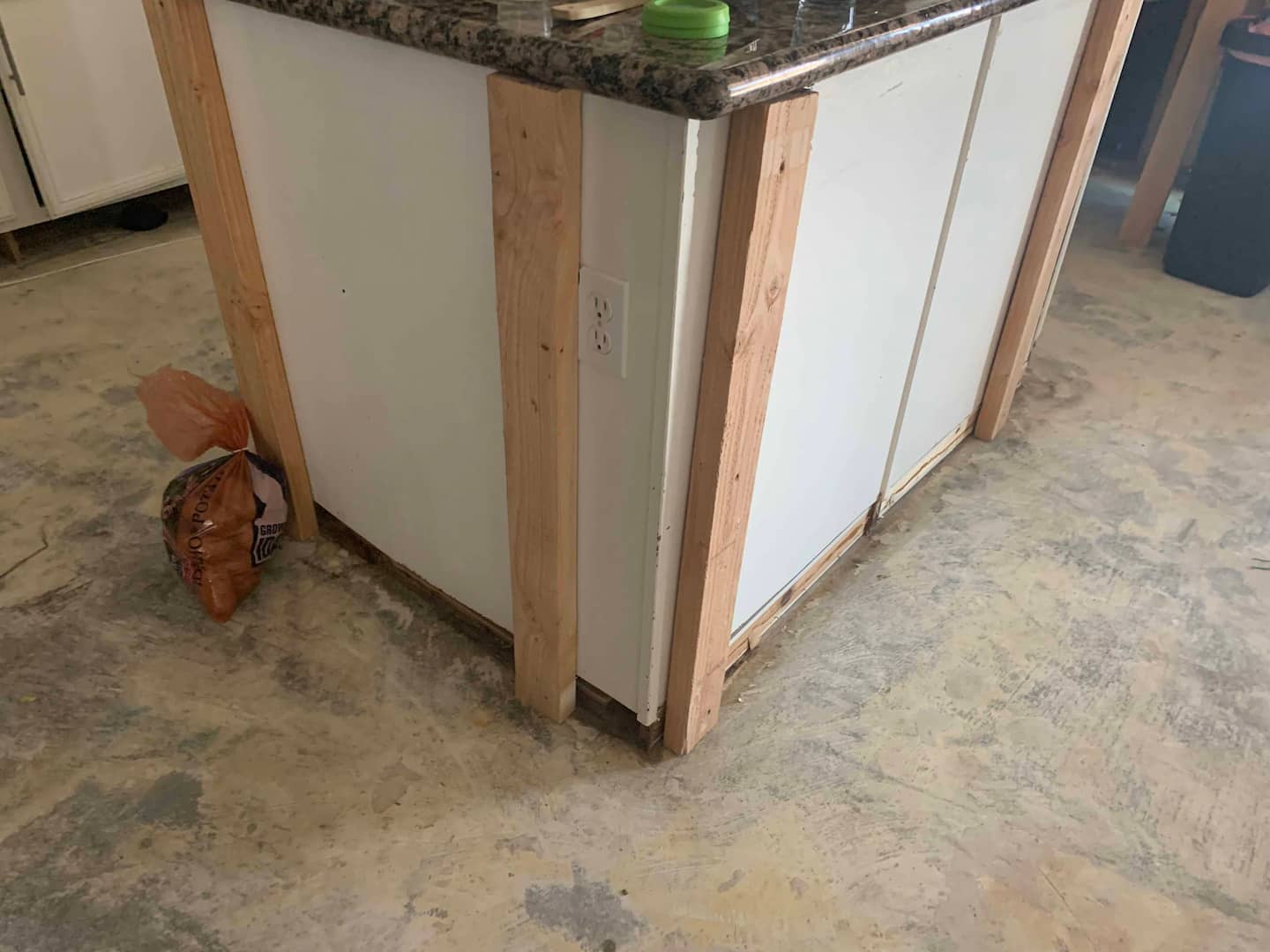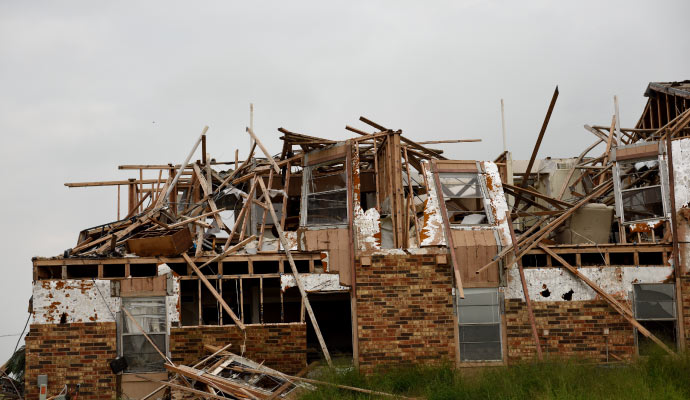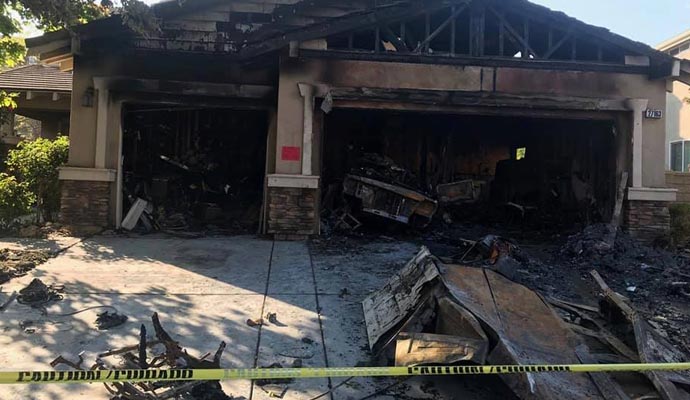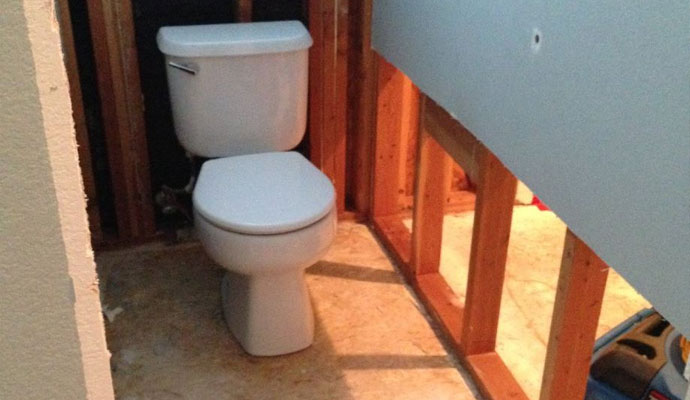How To Protect Your Home From Flooding | PCR
Building Defensible Spaces: Safeguarding Your Home Against Flooding - long term
When the luxury of time allows, creating defensible spaces around your home to mitigate the risk of flooding from severe weather is the key in preparation efforts to protect the safety and stability of your home. By adopting strategic measures, you can fortify your property and enhance its resilience against potential flooding.
Key elements in this foundational preparation include the following:

- Clear Vegetation: Trim and prune shrubs, trees and bushes around your home. Clear away dead or dry vegetation, especially if it's close to your house or obstructing drainage pathways. Well-maintained vegetation reduces the risk of debris clogging drainage systems during heavy rains.
- Maintain Drainage Systems: Regularly inspect and clean your gutters, downspouts and drainage channels. Clear any debris that could impede water flow and cause water to accumulate near your home's foundation.
- Elevate Electrical Systems: Raise electrical outlets, switches and circuit breakers above expected flood levels. This precaution minimizes the risk of electrical damage and reduces the potential for fires.
- Install Flood Barriers: Consider installing flood barriers or sandbags around vulnerable areas of your property. These barriers can redirect water away from your home and help prevent flooding.
- Build Raised Beds: If you have a garden or landscaped area, create raised beds using materials like brick or concrete. This elevates plants and prevents root systems from rotting due to waterlogging.
- Grade Your Landscape: Modify the slope of your yard to direct water away from your home's foundation. Ensure that the ground slopes gently downward from your house to prevent water accumulation.
- Create Permeable Surfaces: Use permeable materials like gravel or permeable concrete for driveways and pathways. These surfaces allow water to seep into the ground instead of pooling on the surface.
- Install Sump Pumps: If your area is prone to flooding, installing a sump pump in your basement can help remove excess water before it causes damage.
- Preserve Natural Buffers: Maintain natural features like wetlands, swales and vegetated buffers around bodies of water. These natural elements can act as a buffer and absorb excess water during heavy rainfall.
- Seek Professional Advice: Consulting with experts or landscape architects who specialize in flood mitigation can provide tailored recommendations for your property's unique characteristics.
By imple menting these defensible space strategies, you're taking proactive steps to safeguard your home against flooding. Preparedness is the key to minimizing the impact of natural disasters and your efforts can significantly contribute to the resilience of your property and community. Pulido Cleaning & Restoration, 951-494-6040

